Singapore Retains Title as World’s Most Expensive City for Wealthy Residents for Third Year
Singapore has once again been ranked the world’s most expensive city for high-net-worth individuals, according to the Julius Baer Global Wealth and Lifestyle Report 2025, which highlights the city-state’s continued appeal despite soaring costs.
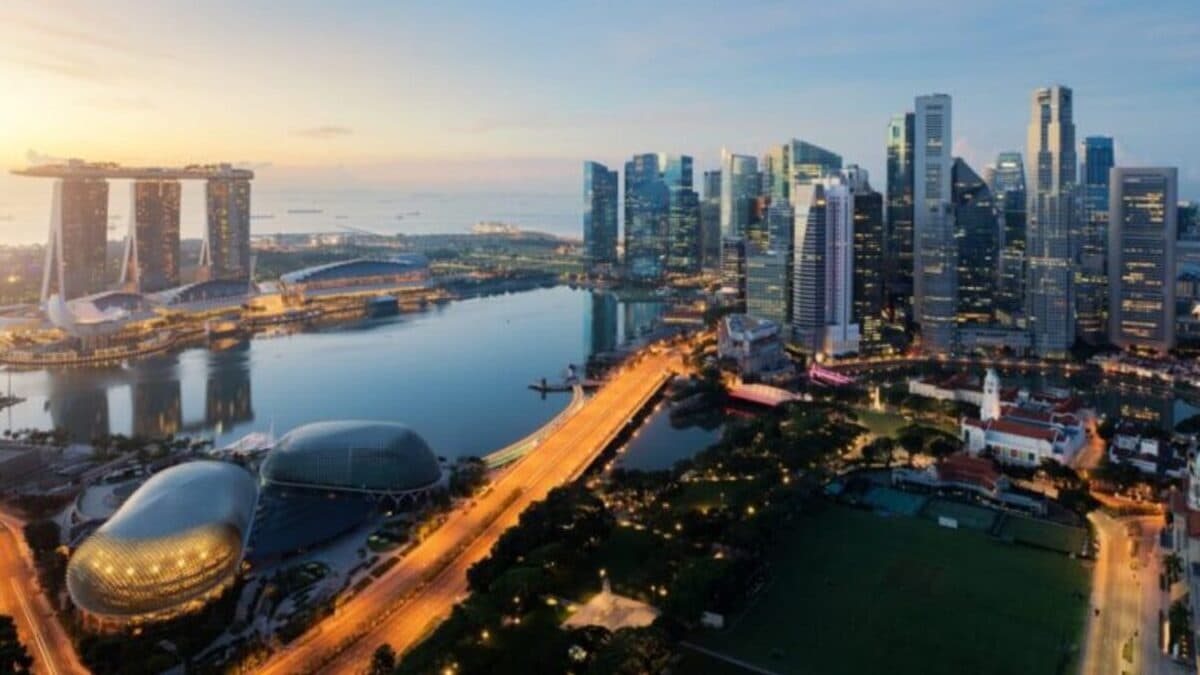
- Singapore topped the Julius Baer Global Wealth and Lifestyle Index for the third year, driven by high prices in luxury goods and services.
- The Asia-Pacific region dominated the rankings, with Hong Kong and Shanghai also among the top six cities.
- Despite global price declines, Asia-Pacific remains the most stable region for wealth and lifestyle spending.
SINGAPORE: For the third consecutive year, Singapore has been ranked the world’s most expensive city for high-net-worth individuals (HNWIs) to live well, according to the Julius Baer Global Wealth and Lifestyle Report 2025 released on 10 July.
Compiled by Swiss private bank Julius Baer, the annual report evaluates the cost of a premium lifestyle across 25 global cities using a basket of 20 goods and services commonly purchased by affluent consumers.
Despite the elevated costs, Singapore remains one of the world’s most liveable cities, attracting wealthy individuals and businesses with its political stability, personal safety, and efficient governance.
“With the current unpredictable nature of the world, Singapore is valued for its stability, security and connection to Asia and beyond,” the report noted.
Asia-Pacific dominates the rankings
The Asia-Pacific region continued to perform strongly in the 2025 rankings. Alongside Singapore in first place, Hong Kong ranked third while Shanghai came in sixth, maintaining the region’s reputation as a hub for global wealth.
The report also found that Asia-Pacific recorded the smallest average price decline—just 1 per cent in US dollar terms—making it the most stable region among those surveyed.
Julius Baer attributed this resilience to strong economic fundamentals and evolving consumer preferences.
“Firm fundamentals have set the stage for the rapid ascent of wealth in the region,” said Chua Jen-Ai, Asia research analyst at Julius Baer, noting that the region remains robust despite facing global tariff pressures.
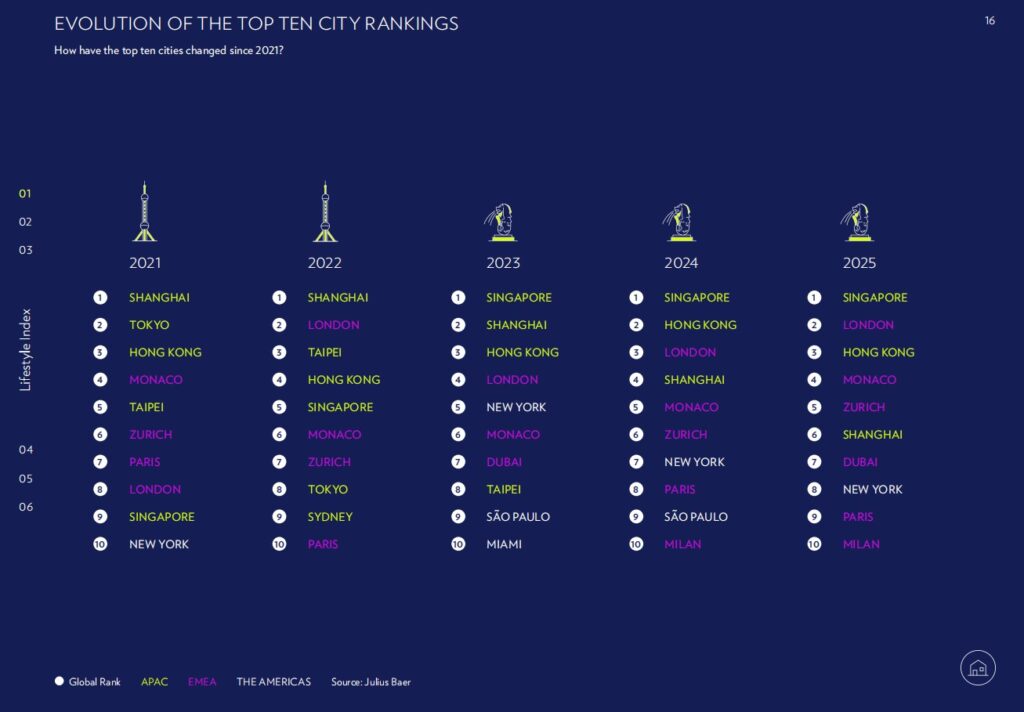
Luxury lifestyle costs rise across Asia-Pacific
The report highlighted significant increases in lifestyle-related expenses in Asia-Pacific, especially in high-end women’s fashion, luxury hotels, and fine dining.
Eighty per cent of the region’s HNWIs reported an increase in assets over the past year, further fuelling demand for exclusive services and experiences.
Singapore topped global rankings in the cost of cars and women’s handbags, while placing second for women’s shoes and third for residential property and healthcare.
Global air fares continue to soar
Business class air fares saw sharp increases globally, with the Asia-Pacific region recording an average rise of 12.6 per cent. The worldwide average increase was even higher, at 18.2 per cent.
According to Julius Baer, these price hikes were driven by limited flight capacity, renewed demand for leisure travel, and shifts in corporate travel behaviour since the pandemic.
Airlines have also focused on expanding premium-class seating while reducing first-class options, pushing average business-class fares higher.
Health and longevity remain key priorities
The report noted that all surveyed HNWIs in Asia-Pacific were actively investing in their health and longevity—whether through healthcare spending, lifestyle improvements, or emerging longevity technologies.
This health-conscious trend was found to be stronger in Asia-Pacific than in Europe or the Americas, where wealthy consumers were instead prioritising experiential spending and social engagement.
Changing global consumption patterns
For the first time since the index was launched, the Julius Baer Lifestyle Index fell by 2 per cent in US dollar terms. The decline marks a reversal from the usual trend of premium goods rising faster than general consumer prices.
The fall was mainly due to a 3.4 per cent drop in goods prices, while service costs dipped slightly by 0.2 per cent. Technology packages and luxury accessories saw the largest declines.
Julius Baer’s head of research, Christian Gattiker, described the results as “a surprising development in a segment that has traditionally outpaced average consumer price growth”.
He added that the findings provide a view of global luxury spending “before” recent tariff increases in the United States, suggesting that further volatility may lie ahead.
“In light of ongoing uncertainty, trade tensions, and tariffs, our findings represent the final moment ‘before’ the current situation,” Gattiker said. “Next year’s report will likely provide a fascinating ‘after’ perspective.”
Regional dynamics and long-term outlook
While Singapore continues to dominate as a global wealth hub, other Asia-Pacific cities are also climbing the ranks.
Bangkok rose six places to 11th, while Tokyo reached 17th position. However, Shanghai slipped from fourth to sixth, reflecting shifting consumer and economic dynamics across the region.
Analysts expect Singapore’s leadership to persist, supported by its strong regulatory framework, advanced infrastructure, and ability to attract global talent.
The report also referenced the Henley Private Wealth Migration Report 2025, published on 24 June, which projected that Singapore will attract about 1,600 new millionaires this year—down from the estimated 3,500 who migrated in 2024.
Despite this slowdown, Singapore remains one of the top destinations for relocating millionaires, ranking sixth worldwide.
The continued influx of global wealth, combined with limited land supply and premium demand for services, ensures that Singapore will remain both an expensive and desirable city for the world’s wealthy.


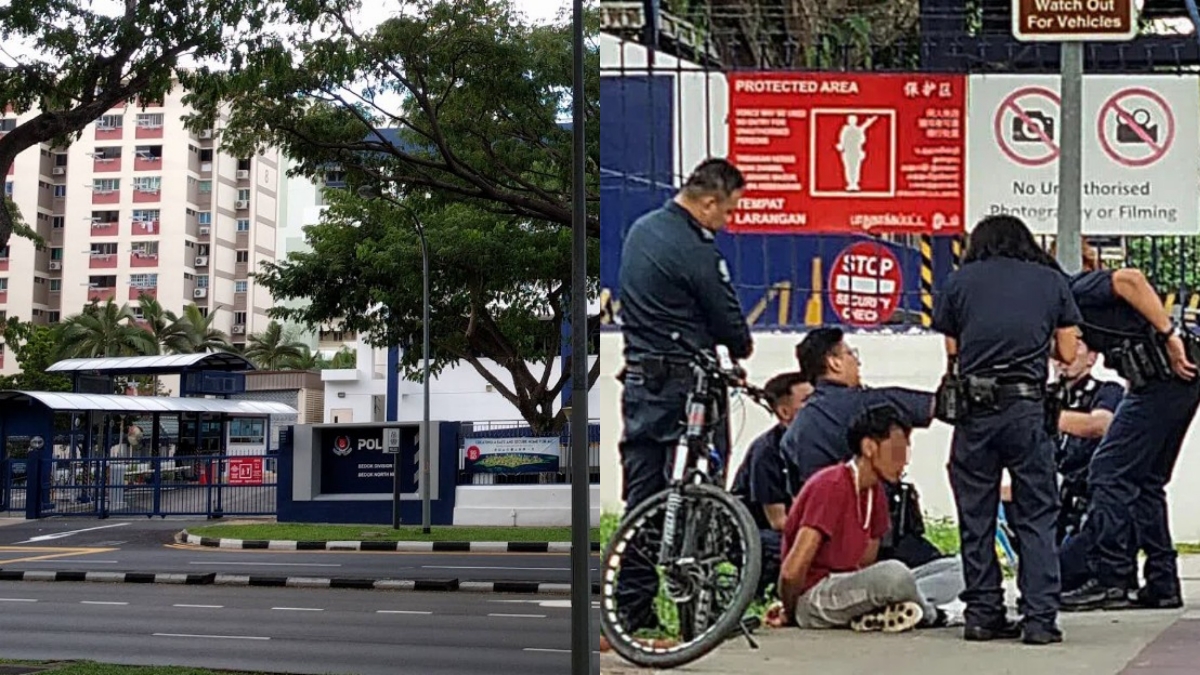

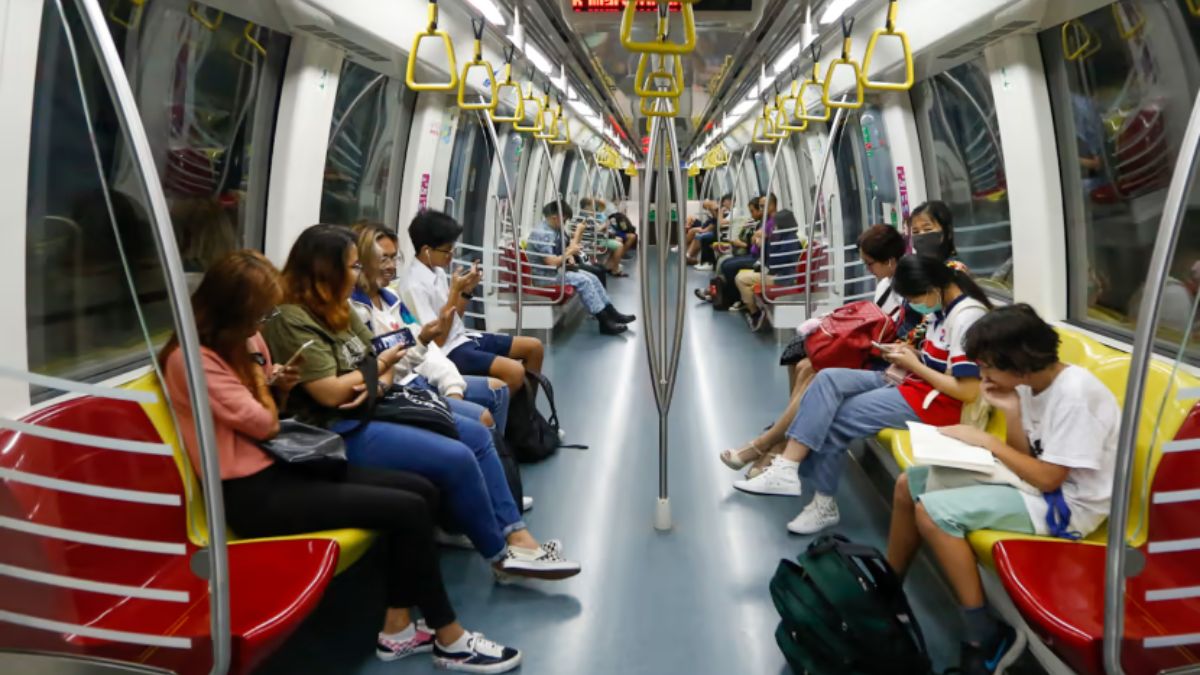
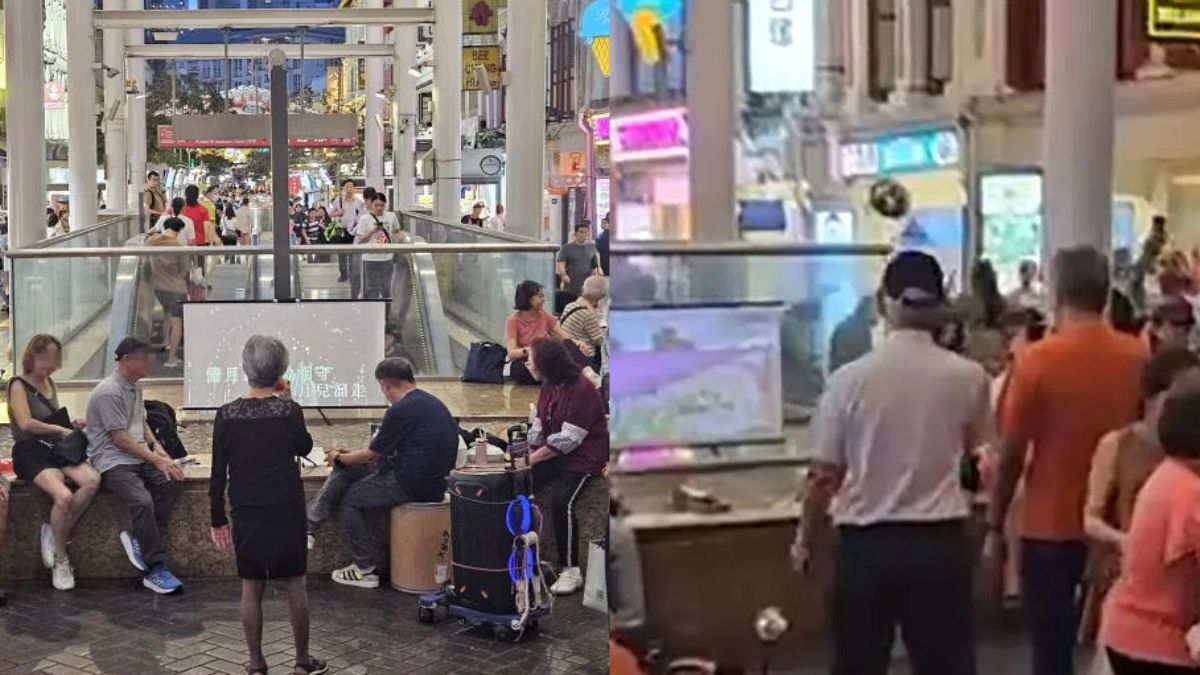
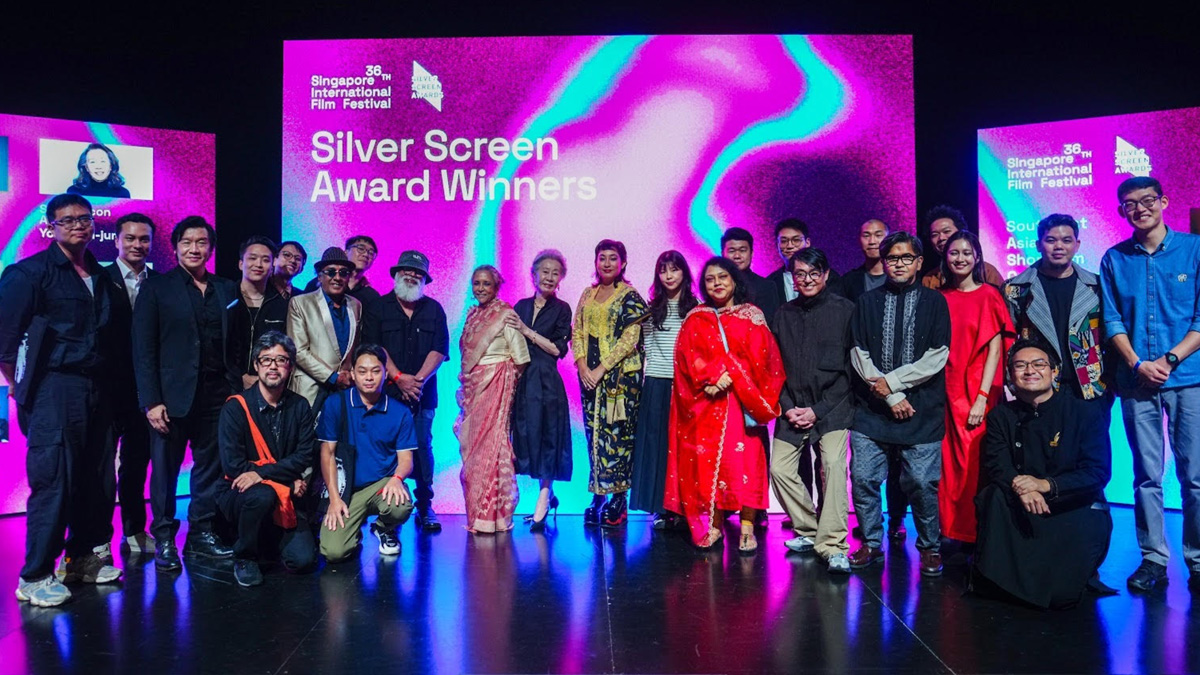
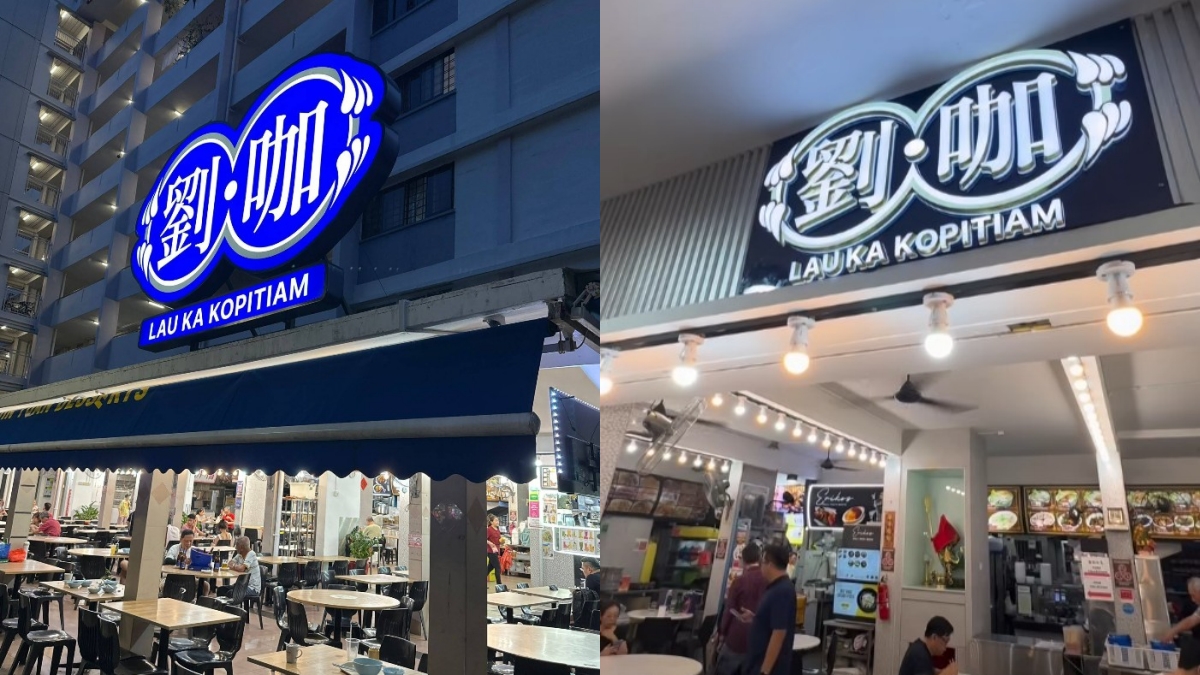
0 Comments